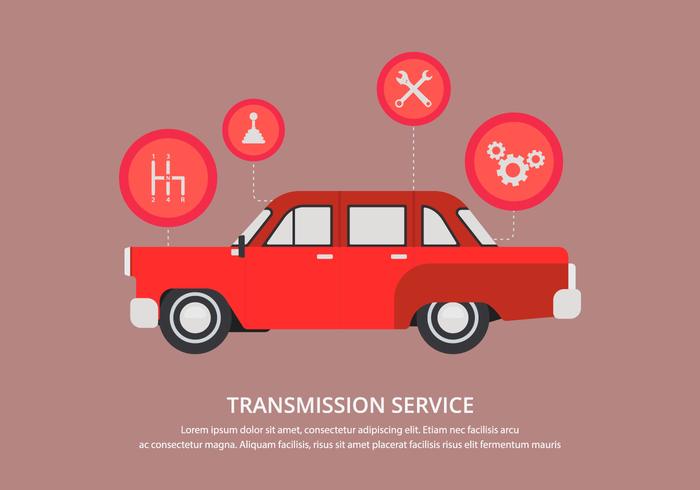When you lag the wheel, those little caution lights on your cars and truck's dashboard can be rather complicated. What do they mean, and should you be worried? Understanding these signals is crucial for your car's well-being, but it does not have to be a complicated job. By decoding the mystery behind each light, you'll be geared up to deal with possible concerns efficiently and maintain your car running smoothly. So, following time a warning light flashes, don't panic - arm on your own with knowledge and take control of the situation.
Relevance of Vehicle Warning Lights
Understanding the value of your cars and truck's warning lights is critical for preserving your car's health and safety. These lights work as your cars and truck's communication system, alerting you to prospective issues that could jeopardize your safety and security when driving or cause pricey repairs if ignored. By taking note of these cautions, you can deal with problems early and protect against more damages to your vehicle.
Neglecting cautioning lights can cause major effects, such as engine failing, brake breakdowns, and even accidents. These lights are designed to notify you of concerns varying from low tire stress to engine malfunctions, giving you the chance to take action prior to the situation aggravates. Frequently examining and understanding these warnings can conserve you time, cash, and guarantee your security while driving.
Along with maintaining you safe, responding without delay to advising lights can also aid extend the lifespan of your auto. By resolving issues beforehand, you can avoid small issues from escalating right into significant fixings, inevitably saving you money and time in the long run. Remember, auto repair shop warning lights are there for a reason - don't neglect them!
Common Warning Lights and Meanings
When it concerns driving your vehicle, being aware of usual warning lights and their meanings is essential for your security and automobile maintenance. Right here are a couple of common warning lights you may run into:
1. ** Check Engine Light **: This light shows a problem with your engine. It could be something minor like a loosened gas cap or something extra significant like engine misfiring.
2. ** Battery Light **: This light signals an issue with your auto's billing system. It can indicate a faulty battery, generator, or other relevant elements.
3. ** Oil Pressure Light **: When this light begins, it indicates your engine might be running low on oil or experiencing reduced oil stress, which can cause engine damages if not resolved promptly.
4. ** Brake System Light **: This light indicates an issue with your braking system. It might suggest low brake fluid degrees or a problem with the brake system that requires instant focus.
Comprehending these usual caution lights will certainly help you determine possible issues early on and protect against even more substantial problems in the future.
How to React To Warning Lighting
In case a warning light illuminates on your vehicle's dashboard, it's crucial to respond quickly and properly. When a warning light begins, the initial step is to consult your proprietor's handbook to recognize the specific issue shown by the light.
Some lights need immediate focus, while others might suggest a much less urgent issue. If the warning light is red or flashing, it's usually a sign of a serious problem that needs instant action. In such cases, it's a good idea to pull over safely, turn off the engine, and seek professional aid.
For yellow or orange caution lights, while they might not call for immediate attention, it's still important to attend to the hidden problem promptly to stop further damages. Normal upkeep and inspection can help stop cautioning lights from beginning unexpectedly.
Final thought
Finally, recognizing your car's warning lights is critical for maintaining your car's health and wellness. By on a regular basis examining and reacting to these warnings, you can attend to possible issues early and prevent pricey repairs or safety dangers. ac repair in car near me in mind to consult your proprietor's guidebook for info on different warning lights and always take immediate activity for red or blinking lights. Remain proactive and keep your automobile running smoothly!
